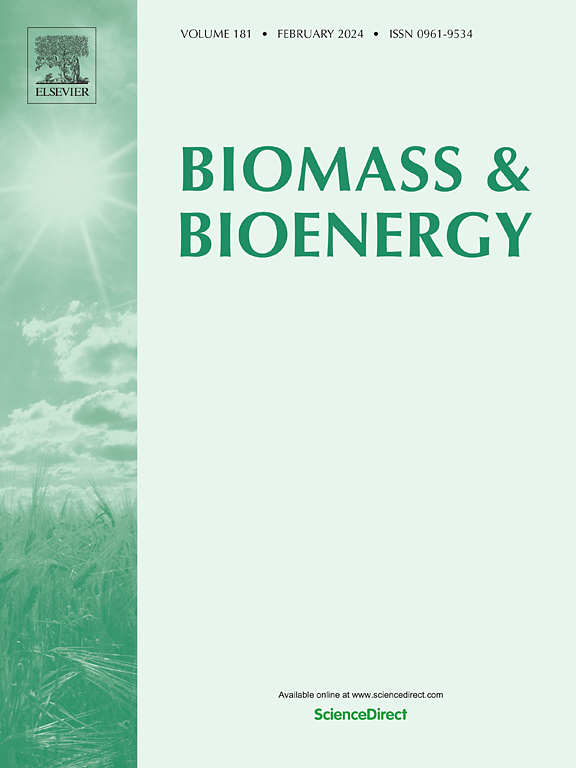Sustainable innovation in activated carbon-based temperature controlled surface technologies
IF 5.8
2区 生物学
Q1 AGRICULTURAL ENGINEERING
引用次数: 0
Abstract
In this study, an environmentally friendly, sustainable, and low-cost carbon-based thermal paint was developed from activated carbon (AC) obtained from the waste product of coffee beans ground by modern coffee machines. With the developed dye, it is aimed to decrease environmental pollution and to obtain an advanced technology product. The production of AC used in the developed dye was carried out with a microwave oven (MWO) system, which provides faster production in large quantities. The resulting AC was characterized by X-ray diffraction (XRD), scanning electron microscopy (SEM), Fourier transform infrared spectroscopy (FTIR), and Raman spectroscopy analysis. AC is combined with natural resin (gum Arabic) and binders (sodium silicate, polyvinyl alcohol) to obtain customized thermal paint recipes. The heat paint was applied to the plasterboard surfaces in five coats with a typical thin paintbrush. The electrically, and thermally conductive paint has a structure that can be easily applied to various surfaces and can produce heat with low-voltage electric current. The paint mixture was monitored with a thermal camera system on 5 × 5 cm2, 10 × 5 cm2, and 15 × 5 cm2 plates at 8/10/12 V voltage for 1 h. The temperature measured by the camera increased from approximately 24° C–35° C when 12 V was applied on a 10 × 5 cm2 plasterboard for 1 h. This study presents a novel, low-cost, high-volume, and sustainable method for producing AC-based thermal paint using coffee bean biomass waste, which has not been previously investigated in the literature to the best of our knowledge.
求助全文
约1分钟内获得全文
求助全文
来源期刊

Biomass & Bioenergy
工程技术-能源与燃料
CiteScore
11.50
自引率
3.30%
发文量
258
审稿时长
60 days
期刊介绍:
Biomass & Bioenergy is an international journal publishing original research papers and short communications, review articles and case studies on biological resources, chemical and biological processes, and biomass products for new renewable sources of energy and materials.
The scope of the journal extends to the environmental, management and economic aspects of biomass and bioenergy.
Key areas covered by the journal:
• Biomass: sources, energy crop production processes, genetic improvements, composition. Please note that research on these biomass subjects must be linked directly to bioenergy generation.
• Biological Residues: residues/rests from agricultural production, forestry and plantations (palm, sugar etc), processing industries, and municipal sources (MSW). Papers on the use of biomass residues through innovative processes/technological novelty and/or consideration of feedstock/system sustainability (or unsustainability) are welcomed. However waste treatment processes and pollution control or mitigation which are only tangentially related to bioenergy are not in the scope of the journal, as they are more suited to publications in the environmental arena. Papers that describe conventional waste streams (ie well described in existing literature) that do not empirically address ''new'' added value from the process are not suitable for submission to the journal.
• Bioenergy Processes: fermentations, thermochemical conversions, liquid and gaseous fuels, and petrochemical substitutes
• Bioenergy Utilization: direct combustion, gasification, electricity production, chemical processes, and by-product remediation
• Biomass and the Environment: carbon cycle, the net energy efficiency of bioenergy systems, assessment of sustainability, and biodiversity issues.
 求助内容:
求助内容: 应助结果提醒方式:
应助结果提醒方式:


